- 1084 views
- 0 comments
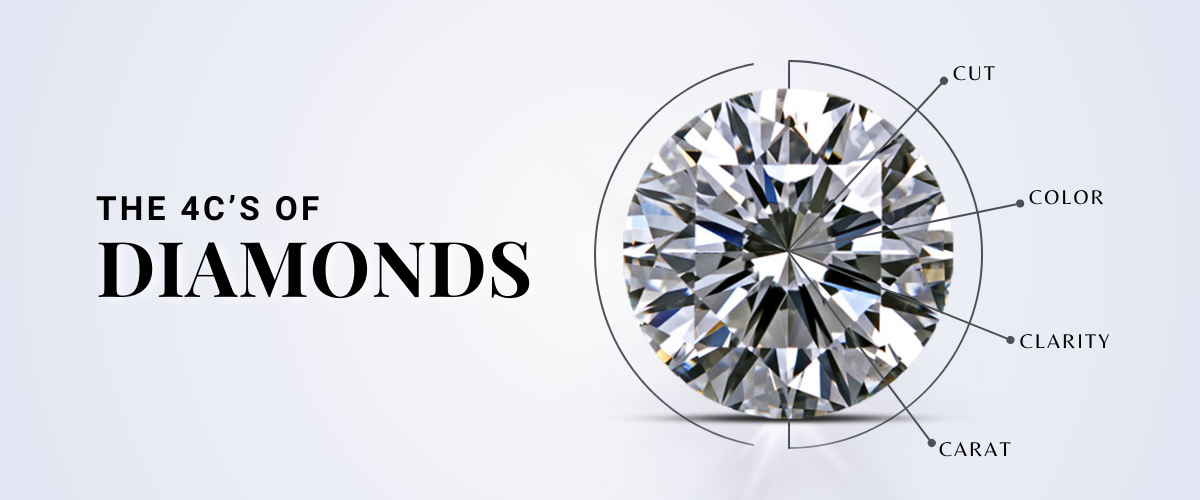
Hey there, diamond lovers! Have you ever heard of the 4cs of diamonds? If you're in the market for a diamond or just curious about the world of sparkling gemstones, then this blog post is for you. The 4cs are the universal standard for evaluating the quality and value of a diamond, and understanding them can help you make an informed decision when purchasing one. So, let's dive into the 4cs and discover what makes a diamond truly special and valuable. Get ready to be dazzled!
A GUIDE TO THE 4CS OF DIAMONDS
When it comes to diamonds, there are four important factors to consider, known as the 4Cs: carat weight, clarity, color, and cut. These factors play a significant role in determining the quality and value of a diamond. Carat weight refers to the size of the diamond, with larger diamonds typically being more valuable. Clarity is about identifying any internal or external imperfections, which are respectively termed inclusions and blemishes. Color is another crucial element to consider. Diamonds range in color from colorless to light yellow or brown. Cut is perhaps the most important factor, as it directly affects a diamond's brilliance and sparkle.
Understanding the 4Cs is essential when purchasing a diamond, as they will help you make an informed decision and ensure that you are getting the best value for your money. So, the next time you're in the market for a diamond, remember the 4Cs and find the perfect gem that truly dazzles.
CARAT WEIGHT: UNDERSTANDING THE FIRST C
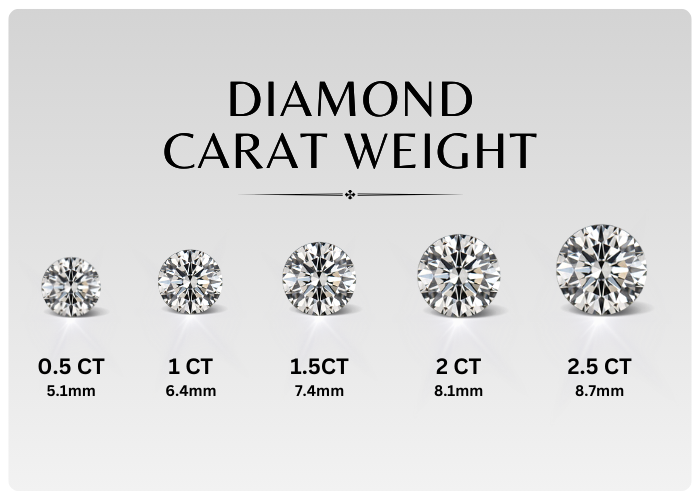
Carat weight is often the first thing people think of when it comes to diamonds. It refers to the size of the diamond and is measured in carats. However, it's important to note that carat weight does not necessarily indicate the quality or value of the diamond.
A common misconception is that a larger diamond is always better. While a bigger diamond can be impressive, it's the combination of all the 4Cs that truly determines a diamond's worth.
Carat weight is just one piece of the puzzle. A smaller diamond can still be of exceptional quality and have a brilliant sparkle. It's all about finding the right balance between carat weight and the other three Cs: clarity, color, and cut.
CLARITY: THE CRUCIAL ELEMENT IN A DIAMOND’S BEAUTY
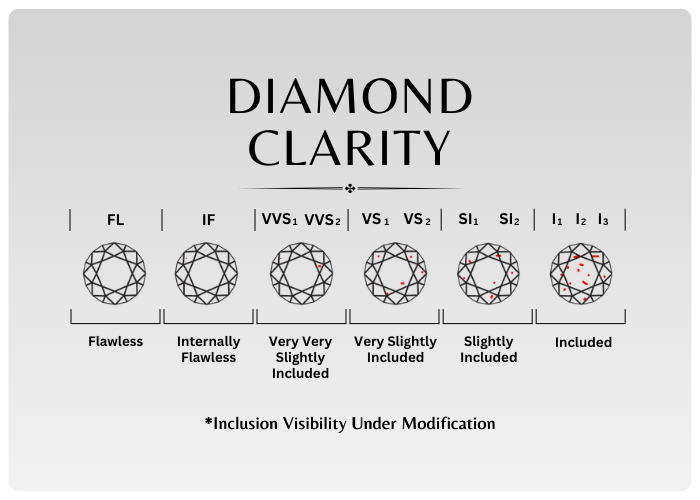 Clarity is a crucial element in a diamond's beauty. It refers to the presence or absence of any internal or external flaws, also known as inclusions and blemishes, respectively. These imperfections can affect how light travels through the diamond, impacting its overall brilliance and sparkle.
Clarity is a crucial element in a diamond's beauty. It refers to the presence or absence of any internal or external flaws, also known as inclusions and blemishes, respectively. These imperfections can affect how light travels through the diamond, impacting its overall brilliance and sparkle.
When it comes to evaluating clarity, diamonds are typically graded on a scale ranging from Flawless (FL) to Included (I). A Flawless diamond has no inclusions or blemishes visible under 10x magnification, while an Included diamond has visible flaws even to the naked eye.
It's important to note that most diamonds have some degree of clarity characteristics. However, what matters most is the size, number, position, and visibility of these flaws. The fewer and less noticeable the inclusions and blemishes, the higher the clarity grade and the more valuable the diamond.
Clarity is a personal preference and can vary depending on individual taste and budget. While a Flawless or Internally Flawless diamond may be considered the most desirable in terms of clarity, diamonds with lower clarity grades can still be stunningly beautiful. It all comes down to finding the right balance between clarity, color, cut, and carat weight that suits your preferences and budget.
In summary, clarity plays a crucial role in a diamond's beauty by determining the presence and visibility of flaws. It's essential to understand the clarity grading scale and consider your personal preferences when selecting a diamond.
COLOR: HOW IT IMPACTS A DIAMOND’S RADIANCE
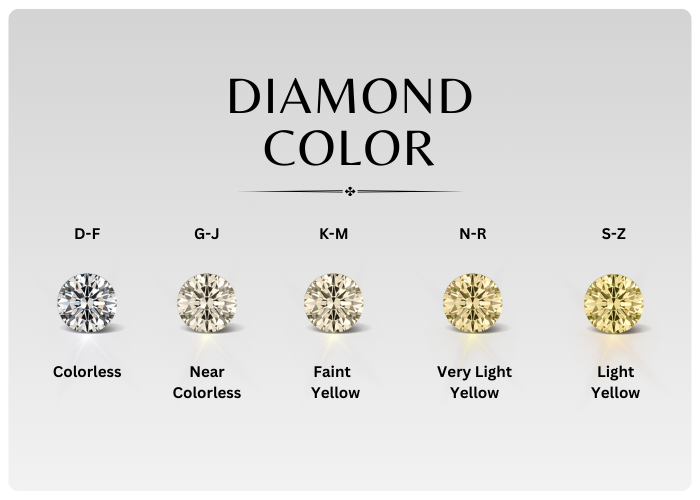 Color plays a significant role in the overall appearance and radiance of a diamond. The color of a diamond refers to the presence of any yellow or brown tints within the stone. The Gemological Institute of America (GIA) grades diamonds on a scale ranging from D (colorless) to Z (light yellow or brown).
Color plays a significant role in the overall appearance and radiance of a diamond. The color of a diamond refers to the presence of any yellow or brown tints within the stone. The Gemological Institute of America (GIA) grades diamonds on a scale ranging from D (colorless) to Z (light yellow or brown).
When it comes to choosing the right diamond color, it is important to consider personal preference and budget. Colorless diamonds, graded D-F, are highly valued for their pure white appearance. As the diamond's color grade moves down the scale, the presence of yellow or brown tones becomes more apparent.
However, it is essential to note that subtle differences in color are often difficult to detect with the naked eye. So, opting for a slightly lower color grade, such as G or H, can provide a more budget-friendly option without compromising on visual appeal.
The impact of diamond color on its radiance is particularly noticeable when comparing diamonds side by side. A well-cut diamond with minimal color can reflect more light and sparkle with exceptional brilliance.
Ultimately, the choice of diamond color is a personal one. Some individuals prefer the classic look of a colorless diamond, while others may appreciate the warmth and character of a slightly tinted stone. By considering your preferences and budget, you can find a diamond with the perfect balance of color and radiance that speaks to you.
CUT: THE CRAFTSMANSHIP BEHIND A DIAMOND'S BRILLIANCE
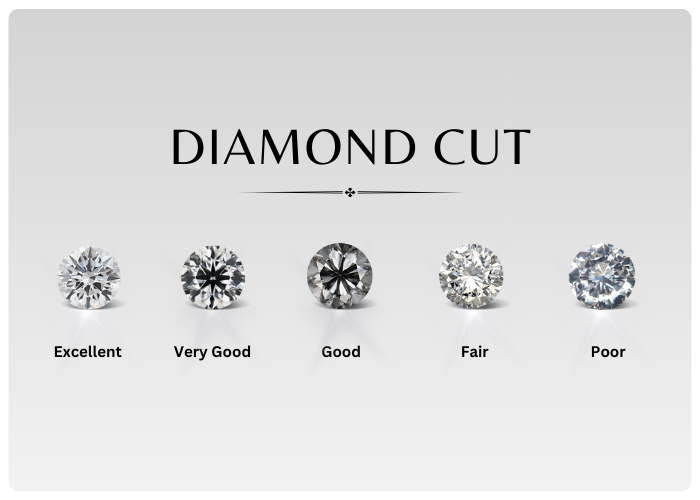 When it comes to the 4Cs of diamonds, the "C" for cut is often considered the most important factor in determining a diamond's brilliance and sparkle. The cut refers to the craftsmanship behind shaping the diamond's facets, which determines how effectively the stone reflects and refracts light.
When it comes to the 4Cs of diamonds, the "C" for cut is often considered the most important factor in determining a diamond's brilliance and sparkle. The cut refers to the craftsmanship behind shaping the diamond's facets, which determines how effectively the stone reflects and refracts light.
A well-cut diamond has precise angles and proportions that allow light to enter and bounce off the diamond's surfaces, creating a beautiful display of sparkle and brilliance. On the other hand, a poorly cut diamond can result in light leaking out of the sides or bottom, diminishing its overall beauty.
Diamonds are typically graded on a scale ranging from Excellent to Poor based on their cut quality. An Excellent cut diamond is perfectly proportioned, maximizing its ability to reflect light. Good and Very Good cut diamonds also exhibit good light performance, although they may have minor deviations in proportions. Fair and Poor cut diamonds have noticeable flaws in their cut, resulting in less sparkle and brilliance.
It's important to note that the cut of a diamond is not the same as its shape, such as round, princess, or emerald. While the shape refers to the outline of the diamond, the cut relates to how well the diamond's facets interact with light.
When choosing a diamond, it's crucial to prioritize cut quality to ensure you're getting the most brilliant and beautiful stone. A well-cut diamond will captivate with its fire, scintillation, and overall sparkle, making it the centerpiece of any piece of jewelry. So, don't overlook the importance of the craftsmanship behind a diamond's cut when selecting your perfect stone.
GRADING AND CERTIFICATION: UNDERSTANDING DIAMOND GRADING REPORTS
Grading and certification play a crucial role in understanding the quality and value of a diamond. When it comes to buying a diamond, it's important to have an objective assessment of its characteristics. This is where diamond grading reports come in.
Diamond grading reports are official documents that provide a detailed analysis of a diamond's 4Cs: carat weight, clarity, color, and cut. They are typically issued by reputable gemological laboratories such as the Gemological Institute of America (GIA) or the American Gem Society (AGS).
These reports include a wealth of information, including the diamond's measurements, proportions, and a diagram of its clarity characteristics. They also provide a grade for each of the 4Cs, giving you a clear understanding of the diamond's quality.
One of the most important aspects of a diamond grading report is the certification. This is an official confirmation that the diamond is natural and has not been treated to enhance its appearance. Certification ensures the authenticity and integrity of the diamond, giving you peace of mind when making your purchase.
Understanding diamond grading reports can be overwhelming, but they are essential for making an informed decision. By reviewing the report and understanding its contents, you can confidently choose a diamond that meets your preferences and budget.
When buying a diamond, always ask for a diamond grading report from a reputable laboratory. This will provide you with the assurance that you are investing in a high-quality diamond that has been thoroughly assessed and certified.
PICK THE PERFECT RING FROM OUR COLLECTIONS
WANT TO BUY A DIAMOND RING?
If you're in the market for a diamond ring, look no further! At Mudrika.com, we have a wide range of rings to choose from, whether you prefer natural or lab-grown diamonds. Our collection offers something for every style and budget. Finding the perfect diamond ring has never been easier. Browse through our various collections and discover the beauty of our diamonds. From classic designs to modern styles, we have it all. Trust us to help you find the perfect ring to symbolize your love and create a lasting memory.
SHOP EXPERTLY CRAFTED RINGS
Read More
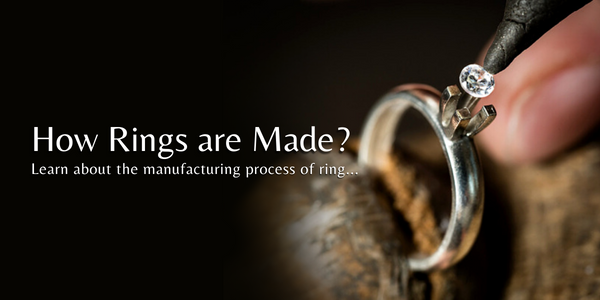
HOW RINGS ARE MADE?
Ever wondered how rings are made? Look no further! In this blog, we will take you on a journey through the step-by-step manufacturing process of rings. From the initial design to the final polishing, you will learn about the careful craftsmanship and attention to detail that goes into every ring. With our expert techniques and high-quality materials, we guarantee that our rings are not only stunning but also durable and long-lasting. So why settle for a mass-produced, generic ring when you can have one that is uniquely crafted just for you? Keep reading to discover the magic behind how rings are made and be ready to be amazed!
Read more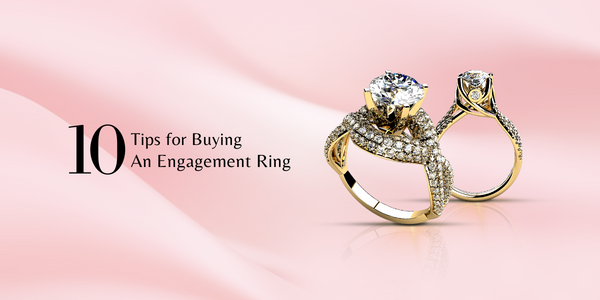
10 TIPS FOR BUYING AN ENGAGEMENT RING
Buying an engagement ring can be a daunting task, but don't worry, we've got you covered. In this blog, we'll be sharing our top 10 tips for buying an engagement ring that will help you make the perfect choice for your partner. From budgeting to finding the perfect style, we'll cover everything you need to know to make this special purchase a memorable one. So, let's dive in and get you one step closer to happily ever after!
Read more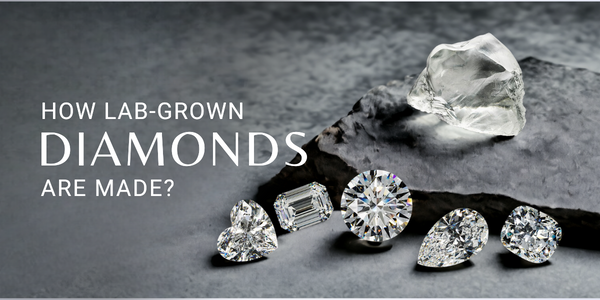
HOW LAB-GROWN DIAMONDS ARE MADE?
Have you ever heard about lab-grown diamonds? They shine, glitter, and enchant just like real diamonds, with the same physical and chemical properties. But unlike the gems mined from Earth's depths, these are made in labs. Dive in as we take you behind the scenes of how these mesmerizing lab-created diamonds are made.
Read more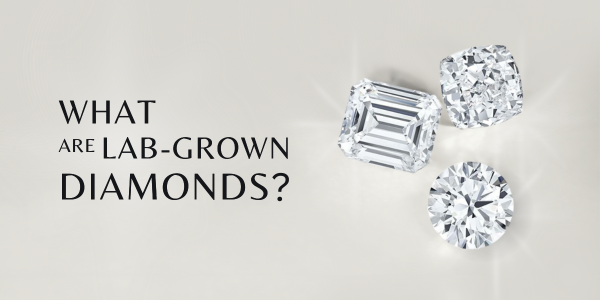
WHAT ARE LAB-GROWN DIAMONDS?
Hey there! Have you ever heard of lab-grown diamonds? If not, don't worry, you're not alone. These man-made diamonds have been gaining popularity in the jewelry industry in recent years. But what exactly are they and how do they differ from natural diamonds? Well, that's what we're here to talk about in this blog post. We'll break down the basics of lab-grown diamonds so you can become a diamond expert in no time. So, let's dive in and discover what makes these diamonds so unique and why they're becoming a popular choice for many.
Read more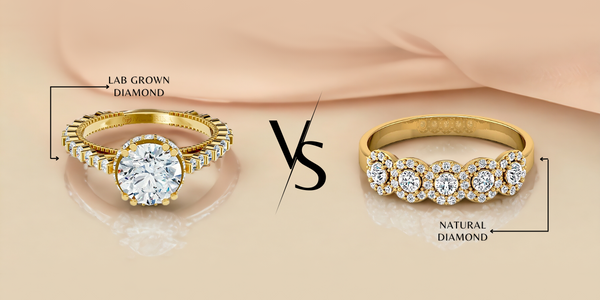
LAB GROWN VS NATURAL DIAMONDS
Hey there, diamond lovers! Are you curious about the differences between lab-grown and natural diamonds? Well, you've come to the right place. In this blog post, we'll be diving into the world of diamonds and exploring the pros and cons of each type. With advancements in technology, lab-grown diamonds have become a popular alternative to natural diamonds. But what sets them apart? Join us as we uncover the truth about lab-grown vs. natural diamonds and help you make an informed decision for your next diamond purchase.
Read more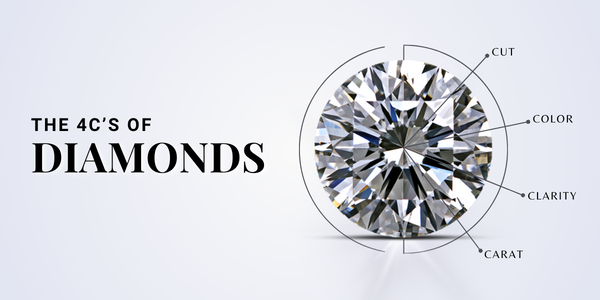
WHAT ARE THE 4CS OF DIAMONDS?
Hey there, diamond lovers! Have you ever heard of the 4cs of diamonds? If you're in the market for a diamond or just curious about the world of sparkling gemstones, then this blog post is for you. The 4cs are the universal standard for evaluating the quality and value of a diamond, and understanding them can help you make an informed decision when purchasing one. So, let's dive into the 4cs and discover what makes a diamond truly special and valuable. Get ready to be dazzled!
Read more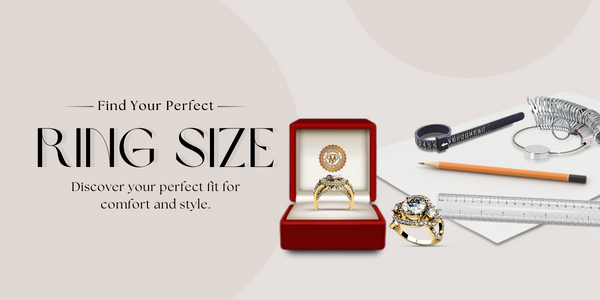
HOW TO MEASURE YOUR RING SIZE
Are you planning to buy a new ring but not sure about your ring size? Or have you ever received a ring as a gift that didn't fit your finger? Don't worry, you're not alone. Many people struggle with finding the perfect ring size, and it can be frustrating when the ring you love doesn't fit you properly. But the good news is that measuring your ring size is a simple process that you can do at home. In this blog post, we will guide you through the steps of how to measure your ring size accurately. So, let's get started and make sure your next ring fits you perfectly!
Read more
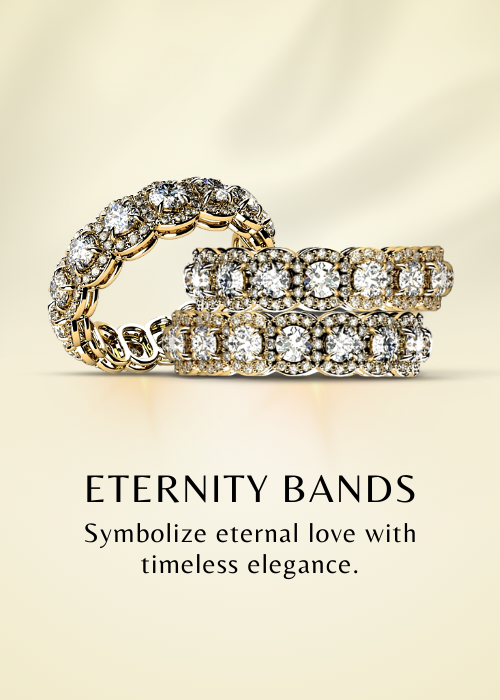
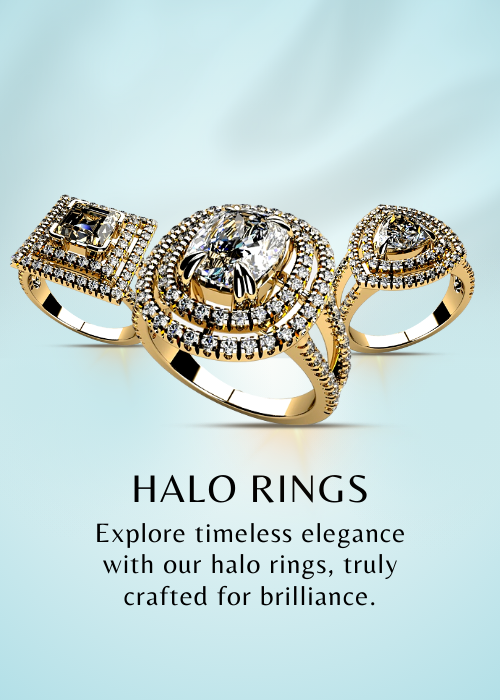
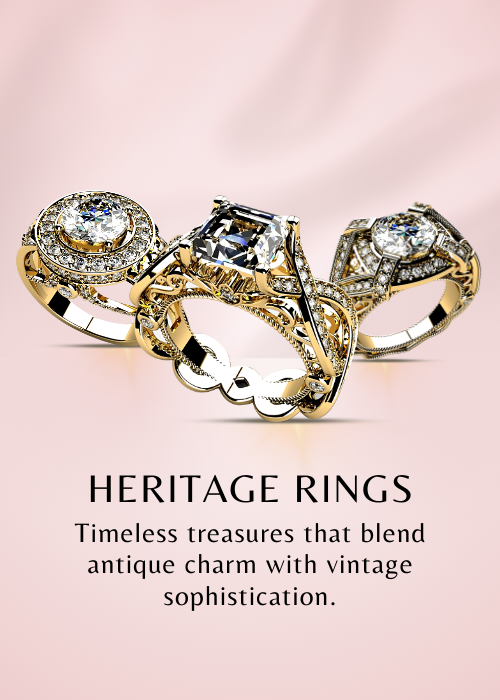
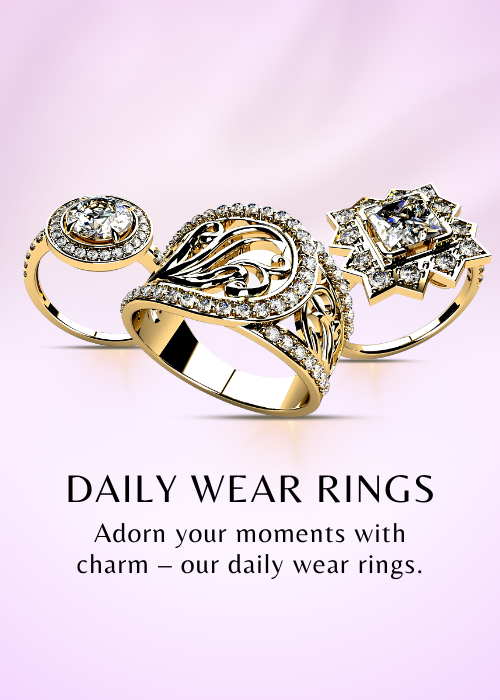








































Comments (0)